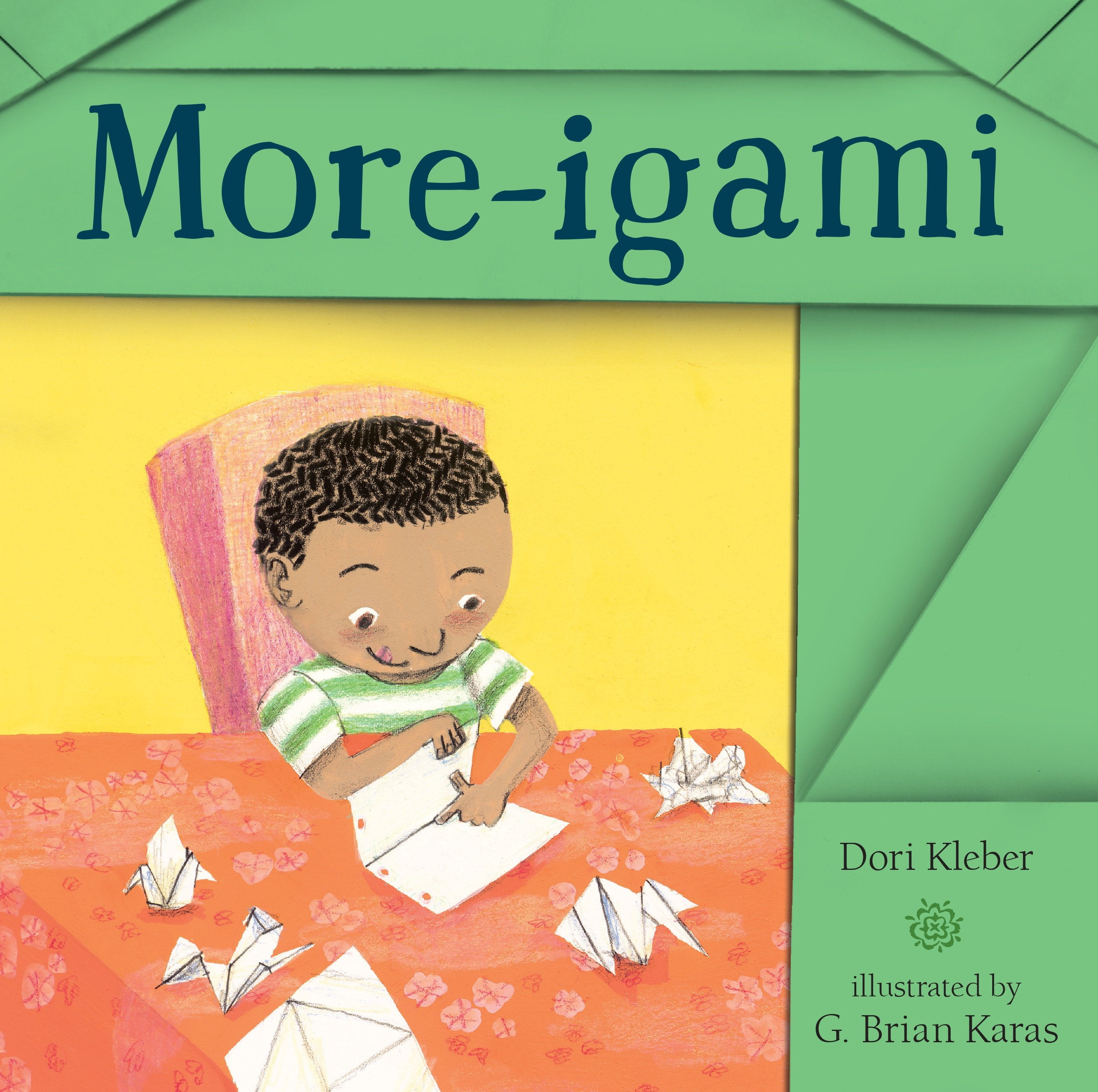
That is certainly the case with young Joey. However, anyone who loves folding paper to make pretty objects can fall in love with the art form of Origami. The art of Origami is typically thought to be Oriental. Recommended to young crafters, or to anyone looking for picture-books featuring children who pursue their hobbies with enthusiasm.

I also appreciated the fact that instructions for folding your own origami ladybug are included at the rear. Brian Karas made quite a few of the pages look like sheets of origami paper, with subtle lines and creases running across them. I particularly liked the fact that illustrator G. How can he become a master when he can't practice? Fortunately a visit to his favorite Mexican restaurant provides him with the perfect venue for practice.Īn engaging tale of a boy pursuing his new passion, More-igami features a fun story, a diverse cast of characters, and appealing artwork done in gouache and pencil. Determined to master this wonderful paper art form, he takes to practicing at every opportunity, only to run into trouble when his mother becomes impatient at his incessant folding of every paper in sight. This article is protected by copyright.Interested in anything that folds, Joey is entranced when a classmate's mother gives an origami demonstration at school. The existing structural modeling strategies for origami, the constitutive models used to describe active materials, and the largest challenges and future directions for active origami research are summarized. Additionally, the state-of-the-art fabrication methods to construct active origami are highlighted. In this review, active materials such as shape memory polymers and alloys, hydrogels, liquid crystal elastomers, magnetic soft materials, and covalent adaptable network polymers, their actuation mechanisms, as well as how they have been utilized for active origami and where these structures are applicable is discussed. Thus, in recent years, active materials incorporated with deployable structures have shown promise for remote actuation of light weight, programmable origami. On the other hand, active materials, which reconfigure in response to external stimulus, eliminate the need for external mechanical loads and bulky actuation systems. Conventionally, origami or deployable structures have been actuated by hands, motors, or pneumatic actuators, which can result in heavy or bulky structures. These structures span multiple scales and have been demonstrated to be used towards various areas such as aerospace, metamaterial, biomedical, robotics, and architectural applications.

In recent decades, origami has been explored to aid in the design of engineering structures.


 0 kommentar(er)
0 kommentar(er)
